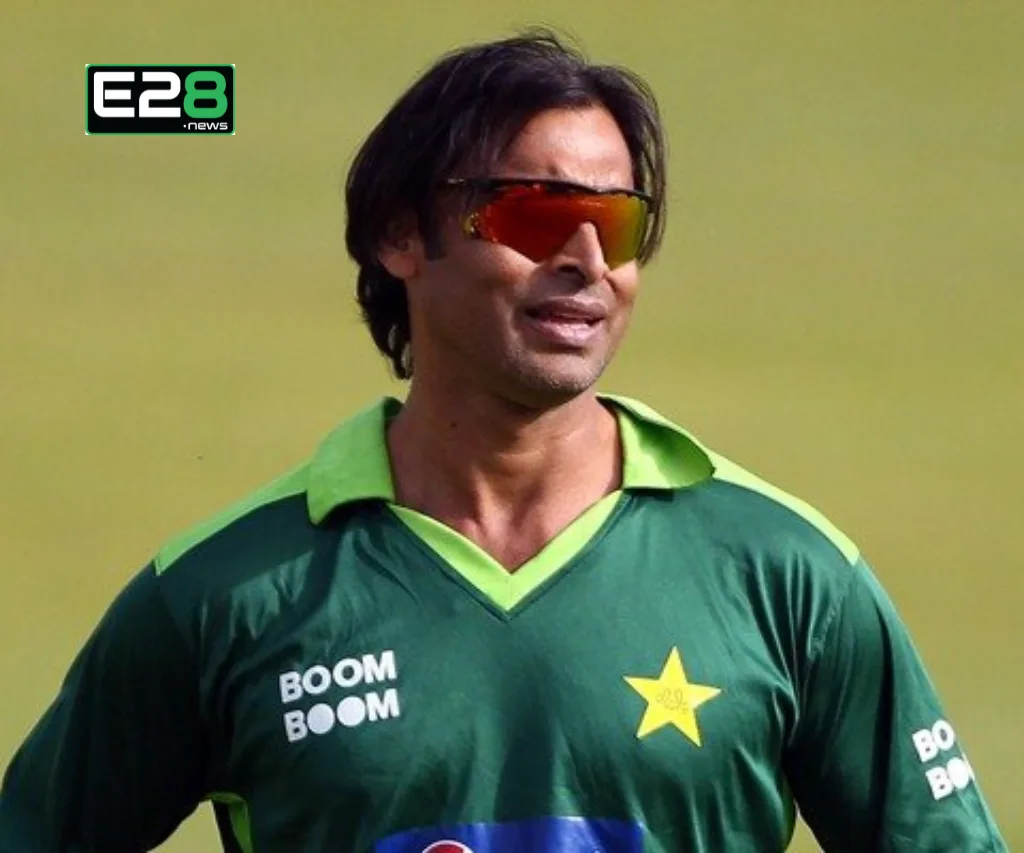Fast bowling is one of the most thrilling and crucial aspects of cricket. A great pacer can intimidate batters, create breakthroughs, and change the course of a match. But what makes a fast bowler truly exceptional? In this guide, we’ll explore essential fast bowling techniques, including grip, run-up, seam position, and swing bowling tips, to help you master the art of pace bowling.
Understanding the Basics of Fast Bowling
Fast bowling is about more than just raw speed. It requires precision, technique, and strategy. The best fast bowlers in cricket have a combination of pace, accuracy, and the ability to generate swing and seam movement.
Developing the Right Bowling Action
A bowler’s action determines their effectiveness and injury risk.
Types of Bowling Actions
- Front-on action: The bowler’s chest faces the batsman, aiding accuracy and reducing injury risks.
- Side-on action: The body remains sideways, helping swing bowling.
- Mixed action: A combination of both, but it can lead to injuries if not executed properly.
Grip and Ball Handling Techniques
The way a bowler grips the ball can significantly impact swing and seam movement.
Basic Bowling Grip
- The index and middle fingers should be placed along the seam.
- The thumb rests underneath to provide balance and control.
Grip Variations for Swing Bowling
- Outswing grip: Hold the seam slightly angled towards the slips.
- Inswing grip: Angle the seam towards the leg side to generate movement into the batsman.
Run-up and Momentum Generation
A well-balanced and rhythmic run-up is crucial for generating speed and control.
Optimizing Your Run-up
- A smooth, rhythmic run-up ensures a proper transfer of energy.
- Find the right length and speed based on your natural bowling action.
- Watching fast bowling training videos can help refine your technique.
The Importance of Seam Position
The seam position plays a vital role in how the ball moves after pitching. Keeping the seam upright ensures better swing and seam movement, which can trouble batters in different pitch conditions.
Mastering Swing Bowling
Swing bowling is an essential skill for fast bowlers. Learning to control both conventional and reverse swings can make you more dangerous.
Types of Swing Bowling
- Conventional Swing: Effective with a new ball, allowing the bowler to move the ball away or into the batsman.
- Reverse Swing: Achieved with an old, rough ball, creating unpredictable movement at high speeds.
Perfecting Pace and Speed Variations
While raw pace is essential, variations in speed can deceive batters and increase wicket-taking opportunities.
How to Increase Bowling Speed?
- Strength training: Focus on leg power, core strength, and shoulder mobility.
- Technical improvements: A strong follow-through and efficient energy transfer help maximize speed.
Using Short-Pitched Deliveries Effectively
Bouncers and short-pitched deliveries are vital weapons for fast bowlers. Used strategically, they can unsettle batters and create wicket-taking opportunities.
Fitness and Strength Training for Fast Bowlers
Fast bowlers require strong, fit bodies to sustain pace and avoid injuries.
Essential Training Exercises
- Squats, deadlifts, and lunges for leg power.
- Core workouts for stability.
- Shoulder strengthening exercises for injury prevention.
Mental Toughness and Strategy
Bowling under pressure requires mental toughness. The best fast bowlers plan their overs by setting up batters with variations in pace, line, and length.
Bowling in Different Conditions
Understanding how to adapt to various pitch conditions and weather factors is crucial for success.
Adjusting to Conditions
- Dry pitches: Generate extra bounce and reverse swing.
- Green pitches: Assist seam movement and conventional swing.
- Overcast conditions: Ideal for swing bowlers due to atmospheric movement.
Special Deliveries in Fast Bowling
Adding special deliveries to your arsenal can make you a more complete bowler.
Key Variations
- Yorker: A deadly delivery aimed at the batsman’s toes, effective in death overs.
- Slower Ball: Deceives batters by reducing the speed at the last moment.
- Knuckleball: A variation where the ball is gripped with knuckles, making it dip unexpectedly.
Common Mistakes and How to Avoid Them
- Overstepping leads to no-balls.
- Inconsistent seam position reduces movement effectiveness.
- The lack of variation makes bowling predictable.
Conclusion
Fast bowling is a blend of skill, strength, and strategy. By mastering technique, maintaining fitness, and developing mental toughness, any aspiring pacer can become a formidable force in cricket.
FAQs
Q1. How can I improve my bowling speed?
Ans. Focus on fitness, technique, and a strong follow-through. Watch online tutorials on fast bowling for guidance.
Q2. What are the best exercises for fast bowlers?
Ans. Squats, deadlifts, core strengthening, and sprint training help improve power and endurance.
Q3. How do I prevent injuries as a fast bowler?
Ans. Maintain flexibility, follow a proper warm-up routine, and avoid over-bowling.
Q4. What is the difference between swing and seam bowling?
Ans. Swing bowling moves the ball in the air, while sseam-bowlingrelies on pitch movement.
Q5. Where can I find online coaching for fast bowling?
Ans. Many platforms offer online coaching courses, cricket training kits, and fast bowling tutorials to help improve skills.

